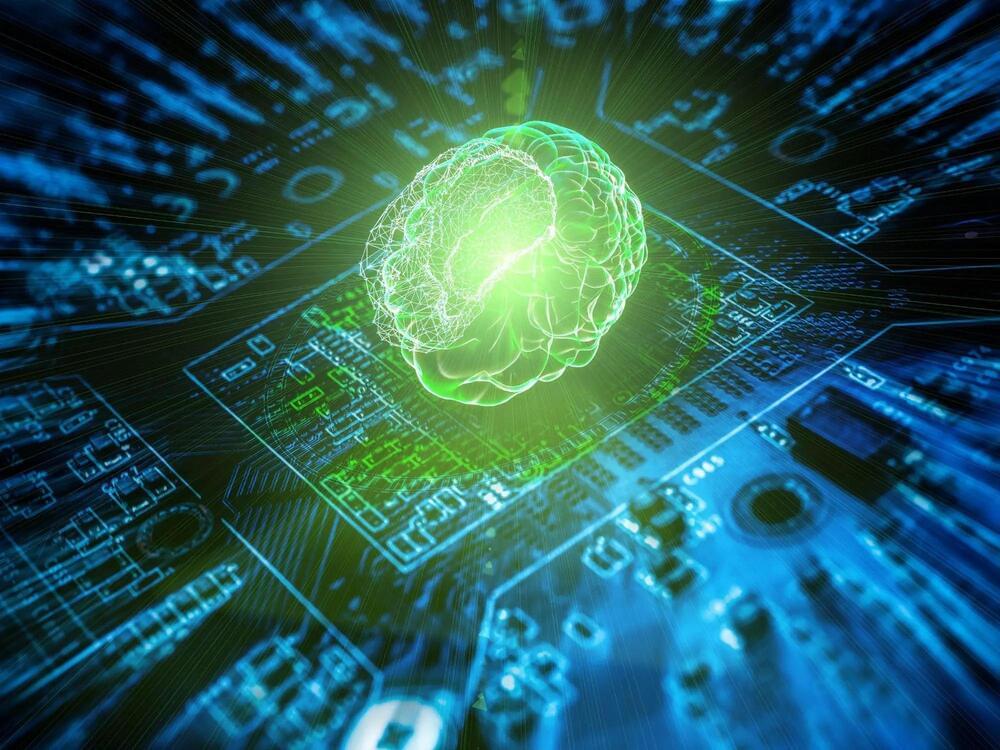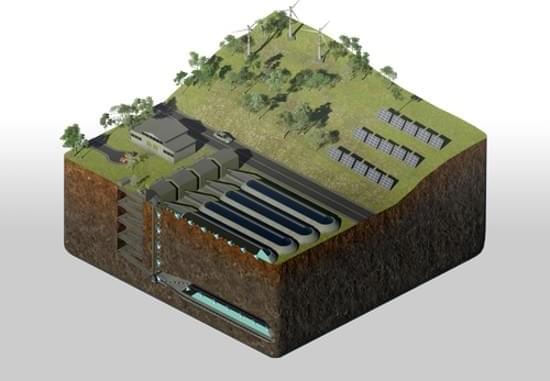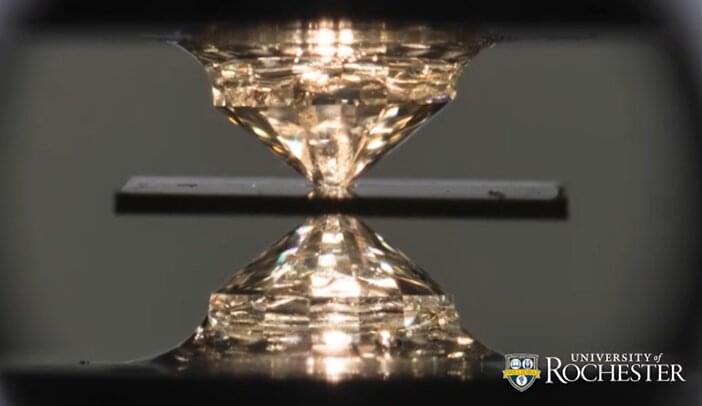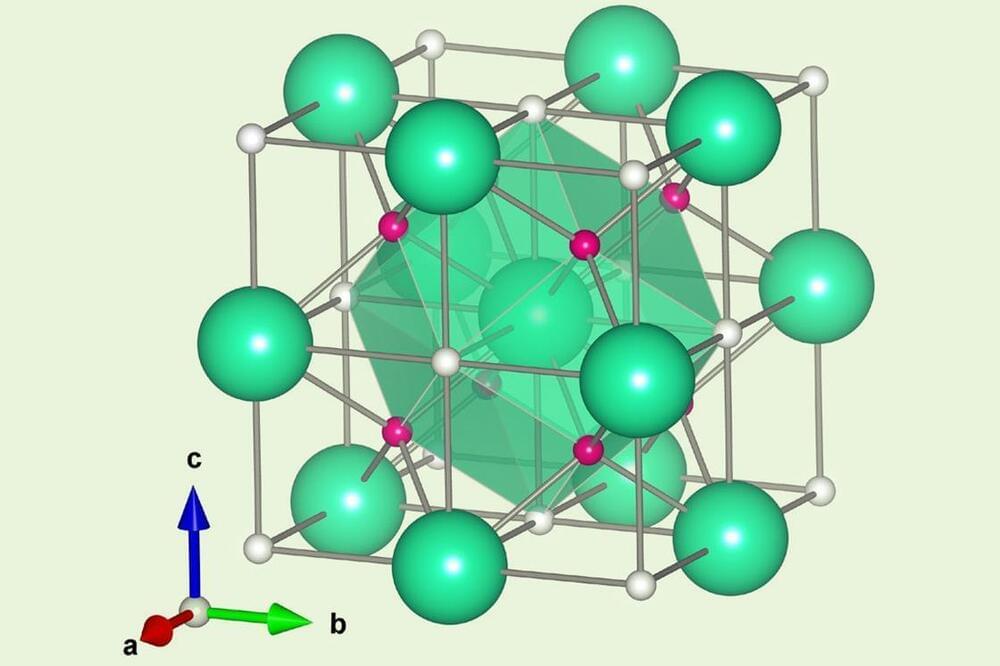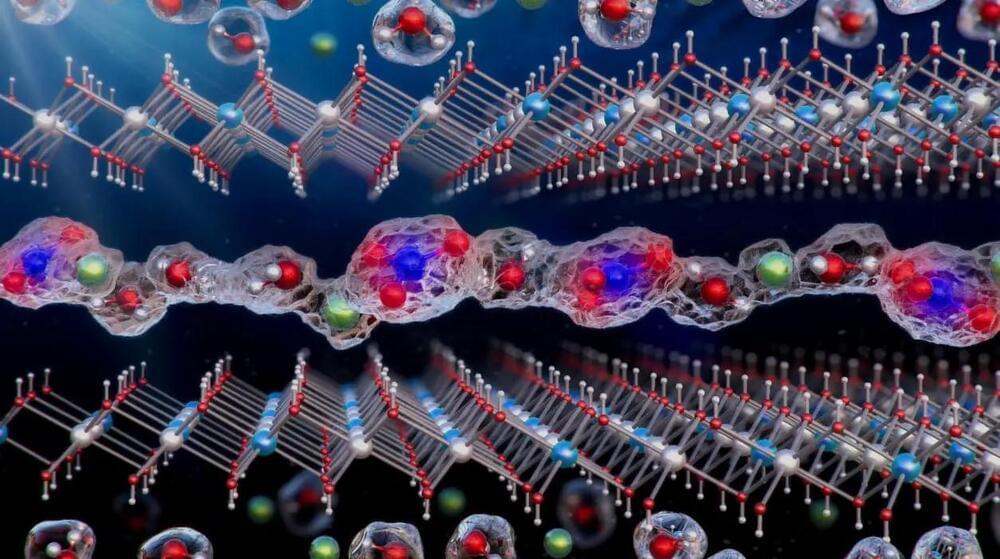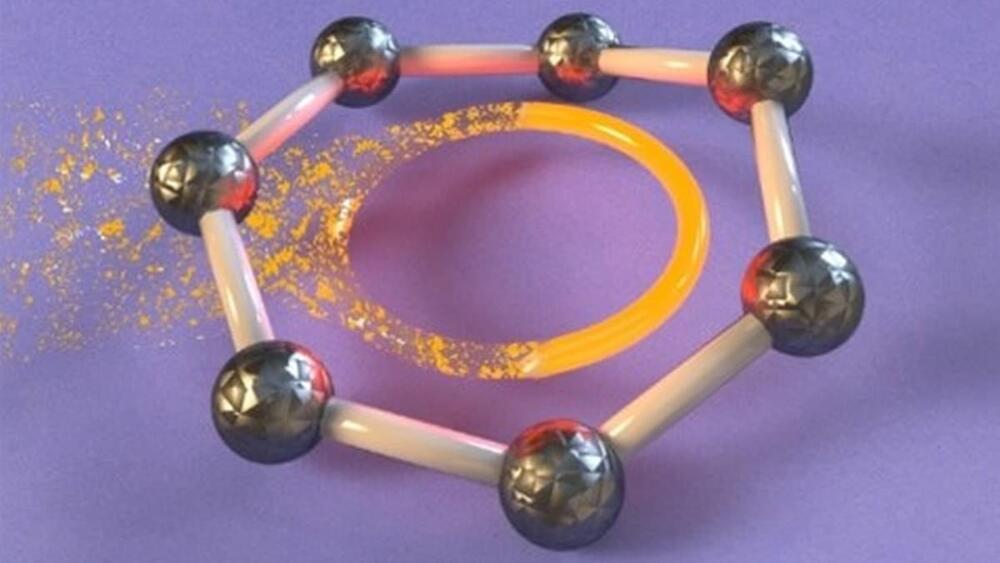Mar 10, 2023
Bioinspired Neural Network Model Can Store Significantly More Memories
Posted by Jose Ruben Rodriguez Fuentes in categories: biological, chemistry, internet, robotics/AI
Researchers have developed a new model inspired by recent biological discoveries that shows enhanced memory performance. This was achieved by modifying a classical neural network.
Computer models play a crucial role in investigating the brain’s process of making and retaining memories and other intricate information. However, constructing such models is a delicate task. The intricate interplay of electrical and biochemical signals, as well as the web of connections between neurons and other cell types, creates the infrastructure for memories to be formed. Despite this, encoding the complex biology of the brain into a computer model for further study has proven to be a difficult task due to the limited understanding of the underlying biology of the brain.
Researchers at the Okinawa Institute of Science and Technology (OIST) have made improvements to a widely utilized computer model of memory, known as a Hopfield network, by incorporating insights from biology. The alteration has resulted in a network that not only better mirrors the way neurons and other cells are connected in the brain, but also has the capacity to store significantly more memories.
